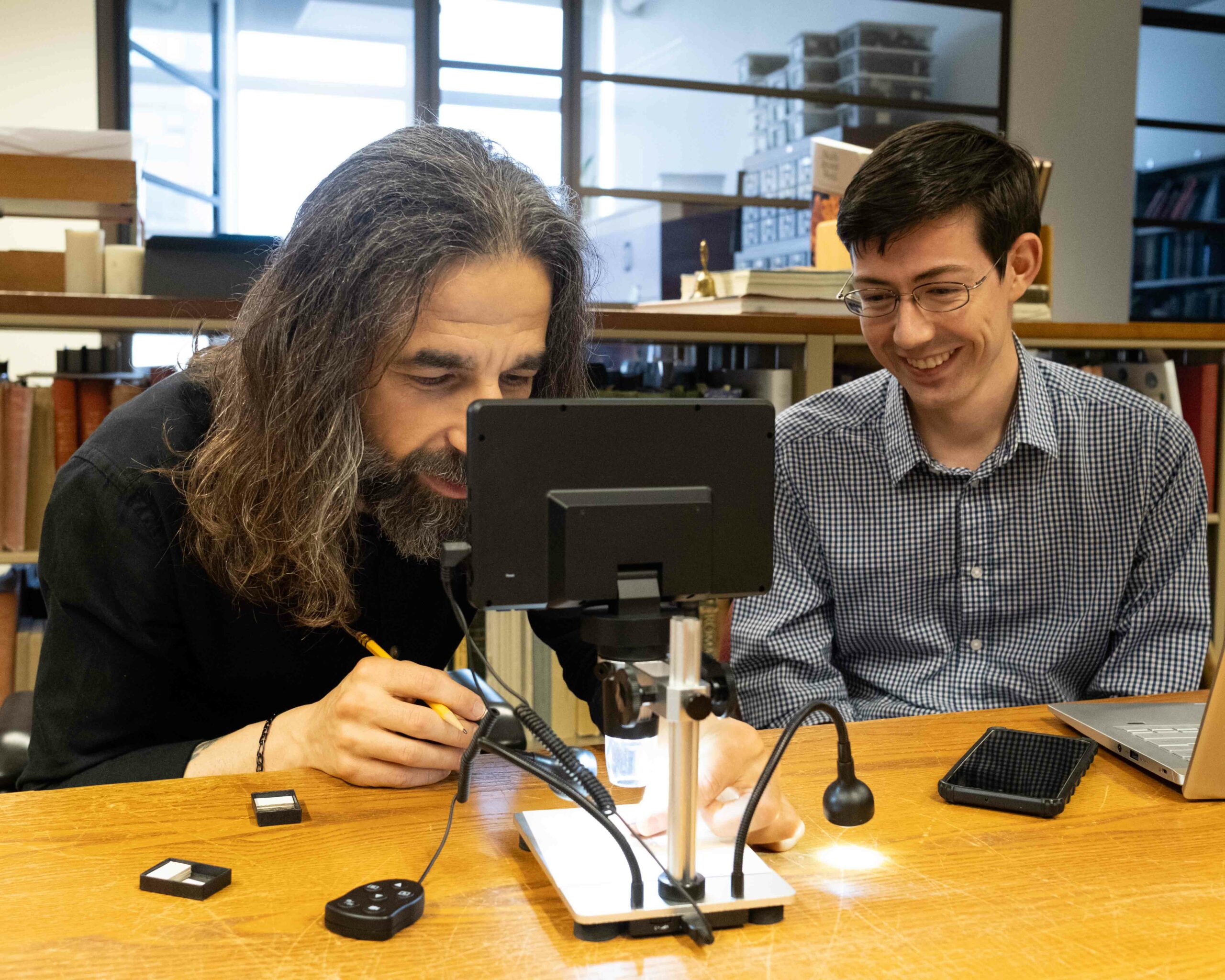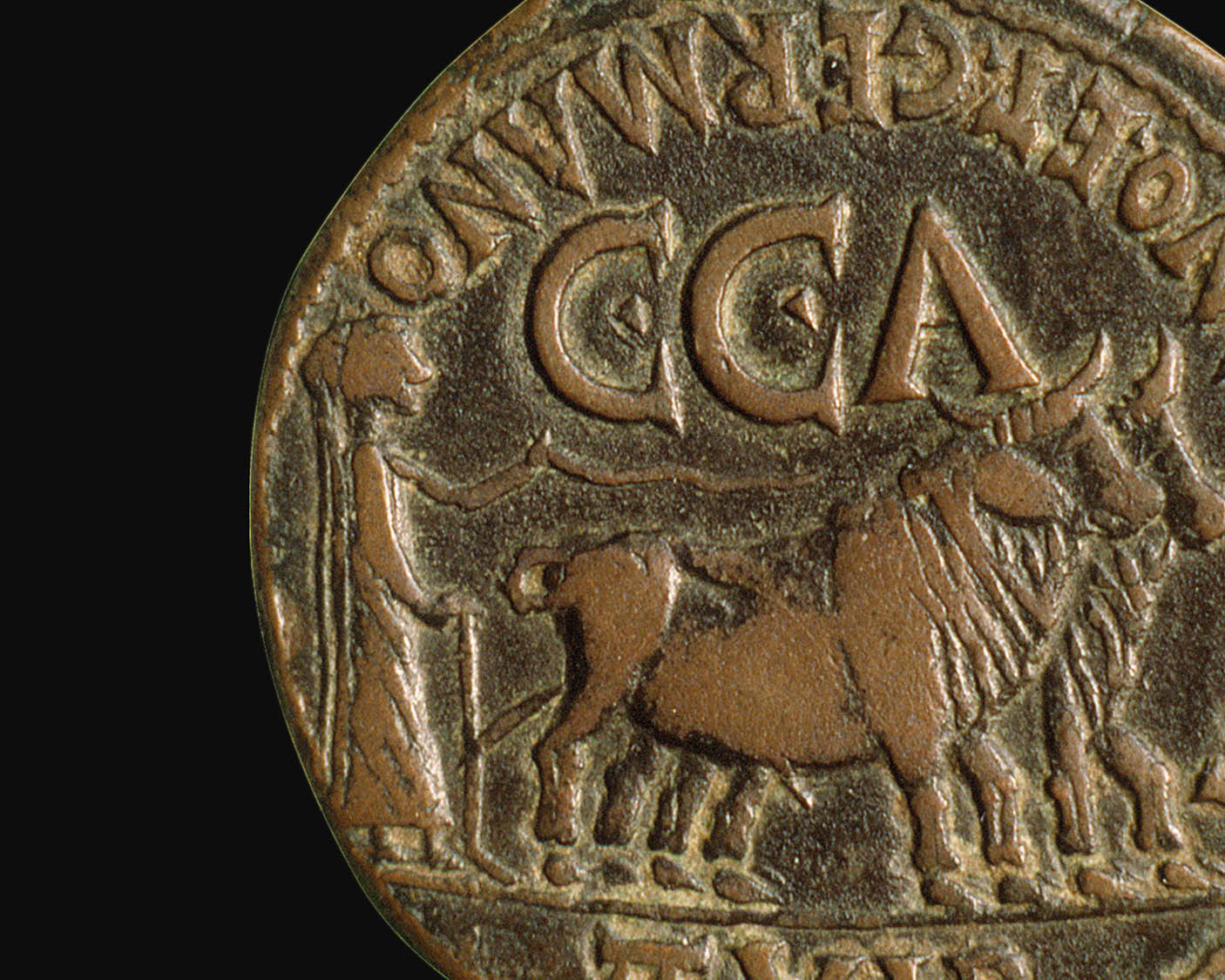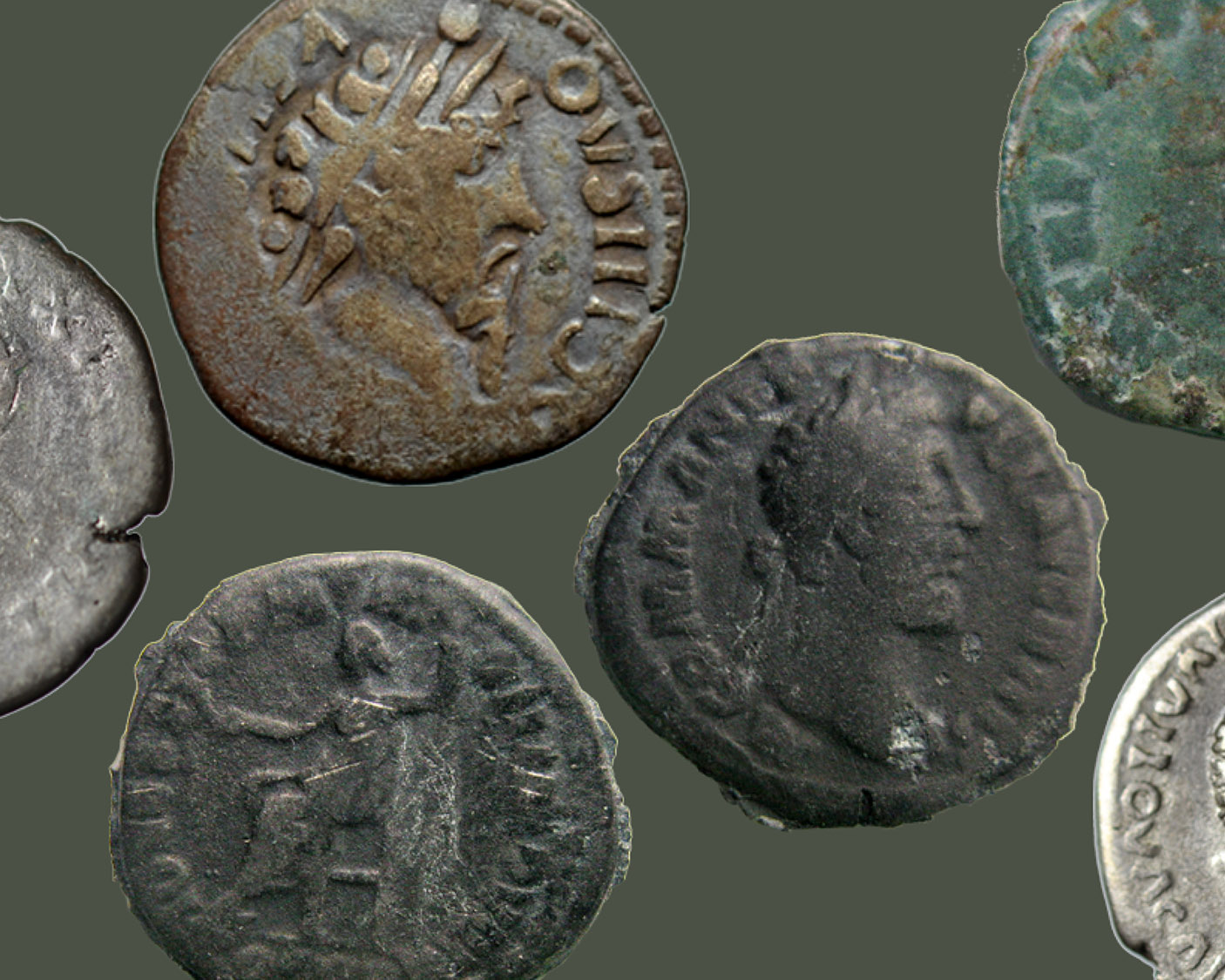East and South Asia in the 19th Century
Return to Drachmas, Dubloons, and Dollars homepage
In the 19th century, three factors changed the Asian monetary system forever: the globalization of trade, colonization, and inflation.
The growth of international trade in the 19th century led to increasing contact—much of it violent—between cultures. The Opium War (1839-1842) between Britain and China was the violent resolution of a protracted trade dispute. Similarly, the opening of Japan by Commodore Perry’s Black Fleet in 1853 showed how merchants could undermine the authority of traditional monarchies. The demand for payment in silver trade dollars forced countries throughout Asia to mint coins conforming to western size and weight standards. Many dollars entered Asia from the United States, Mexico, and Peru. These coins were often countermarked and were melted down and re-issued.
Another major event in the 19th century was the colonization of Asia by European force. As European countries imposed these methods of government on local populations, the coinage began to reflect the traditions of the foreign imperial powers.
An important underlying reason for the merchant’s power and the establishment of European colonies was poor governance related to the printing of paper money. As empires faced greater military expenditures, Asian governments often sanctioned the massive printing of paper money that was practically worthless. The result was hyperinflation. In response, a bewildering range of coins circulated together. Old-style copper coins were used alongside equally worthless paper money, but neither were as desirable as silver trade dollars.
China
The Qing government’s paper money devalued existing copper currency, and allowed regional banks to strike their own coins. Foreign money, especially U.S. and Mexican trade coins, was widely used, particularly in port areas. The British crown colony of Hong Kong began to issue its own coins, using a mixture of Chinese and British symbolism.
Chinese copper qixiang zhongbao 10 cash (1861-1875) issued by the Board of Works. Chinese coins were cast in tree-shaped molds, after which the individual coins were removed from the stem. The excess metal would have been returned to the mint for melting and re-coining. This technology, perfected in the 3rd century BC, was still being used in China in the 19th century AD.
Chinese silver yuan (1898) of Qing Emperor Kuang Hsu (1875-1908) from Fengtien Province.
Chinese silver 7 mace, 2 candareens of Qing Emperor Kuang Hsu from Kirin Province.
Spanish silver 2 reales (1801) of Charles IV (1788-1808) from Guatemala, with Chinese “chop marks.”
U.S. silver trade dollar (1878-S) with Chinese “chop mark.”
Mexican silver 8 reales (19th century) covered with Chinese “chop marks.” It was not uncommon for foreign coins to be so heavily marked that they broke into pieces.
British Hong Kong silver dollar (1867).
Viet Nam
In the aftermath of the Tay Son Rebellion (1771-1802), the Ngyuen Dynasty seized power, but it could not prevent the annexation of Viet Nam by French forces. By 1883, the entire country had fallen under French control. The local ingot and Chinese-style cash currencies were replaced by French denominations.
Viet Namese silver 5 tael ingot of Nguyen Emperor Minh Mang (1820-1841).
French copper sapeque (1887) produced at the mint of Paris for use in colonial Indo-China. The shape imitates Chinese-style cash coinages that were also used in Viet Nam.
French copper centime (1884) produced at the Paris mint for used in colonial Cochin China. The central rectangular design imitates the shape of local Viet Namese ingots.
Korea
Hemmed in by China and Japan, Korean kings increasingly looked for ways to raise money for stronger armies. The decision in 1882 to abandon Chinese-style currency for the costly chon denomination (which included enamel-work on individual coins) contributed to the country’s economic difficulties. By 1910, Japan had taken over the country.
Copper p’yong t’ongbo cash (1806) “seed” coin of King Kongbo (1801-1835) issued by the Treasury Department. “Seed” coins were sample patterns submitted by the mint for royal approval.
Copper 3 chon (1882-1883) “seed” coin of King Kojong (1864-1907).
Silver 3 chon (1882-1883) of King Kojong.
Copper changping t’ongbo 100 cash of King Kojong, issued by the Government.
Copper changping t’ongbo 5 cash of King Kojong, issued by the Government Tithe Office.
Japan
Foreign contact after Commodore Perry’s “Black Fleet” in 1853 led to the collapse of the Tokugawa Shogunate (1603-1868) and the restoration of power to the emperors. The opening up of Japan severely tested the country’s gold reserves and forced it to replace the oban with a new, Western-style monetary system that would finance Japan’s wars of expansion in the early 20th century.
Copper tempo tsuho of Shogun Tokugawa leyoshi (1837-1853). Until their overthrow in 1868, the shoguns kept Japan cut off from the rest of the world.
Gold oban (1860) of Emperor Kōmei (1847-1866), the last Emperor of the Tokugawa period.
Silver gin ingot (1869) of Meiji Emperor Matsuhito (1867-1912). In 1868, the Meiji Restoration drove the shoguns from power.
Silver 50 sen of Meiji Emperor Matsuhito.
India
During the 19th century, the British East India Company, which had—in effect—ruled much of India, was replaced by the British Raj, direct rule by a British governor. In 1876, Queen Victoria was proclaimed Empress of India. These events led to the eventual replacement of India’s various independent coinages with British money.
Mysore copper 2 paisa of Tipu Sultan (1783-1799), depicting an elephant. Tipu Sultan died resisting British encroachment on Mysore.
Mughal silver rupee of Shah ‘Alam II (1759-1806), who granted the British East India Company the right to collect revenue in his Indian provinces.
Mughal gold mohur of Mohammad Akbar II (1806-1837), who ended his days as a pensioner of the British East India Company.
Durrani gold mohur of Shah Mohammad (1800-1803; 1814-1838) from Kabul.
Sikh silver rupee of Ranjît Singh (1780-1839) from Lahore.
Thailand
Unlike many other Eastern Asian countries, Thailand managed to avoid European colonization and maintain its independence. King Mongkut (Rama IV) recognized the need to reform the currency for the modern era. His son Chulalongkorn (Rama V) continued his father’s many social and economic reforms, paving the way for the modern nation. The country changed its name from Siam when it became a democracy in 1939.
Gold baht of King Mongkut (1851-1868) in the traditional shape of “bullet money.”
Silver baht (1860) of King Mongkut (1851-1868), one of the first flat coins produced at the Royal Thai Mint.
Copper 4 att of Ling Chulalangkorn (1869-1910), commemorating the discovery of white elephants during the reign of King Phuttaloetla (Rama II) (1809-1824).
Copper 2 att of King Chulalangkorn with the king’s portrait and the seated figure of Phra Siam Devadhiraj, the guardian spirit of Siam. His pose is modeled on that of Britannia on British coins.
Cambodia
Like Viet Nam, the Kingdom of Cambodia became a French protectorate and began to issue Western-style coins rather than smaller silver tokens. These coins often used images from the Buddhist and Hindu tradition, like those found carved into temples such as Angkor Wat, recalling Cambodia’s independent heritage.
Silver tikal of Ang Duong (1847-1859) depicting Hamsa, the sacred bird ridden by the Hindu god Brahma.
Laos
Laos was also annexed into French Indo-China, although it was not as important for French interests as Cambodia or Viet Nam. Industry and modern conveniences became common in the capital of Vientiane, but the predominantly rural population continued to live as they had for centuries, but silver ingots still played an important role in daily life.
Silver ingot (19th century), from Vientiane.
Return to Drachmas, Dubloons, and Dollars homepage
Other pages of the exhibit:
[posts_grid columns=”4″ rows=”6″ order_by=”date” order=”ASC” meta=”no” link=”yes” category=”DrachmasDubloonsDollars”]




